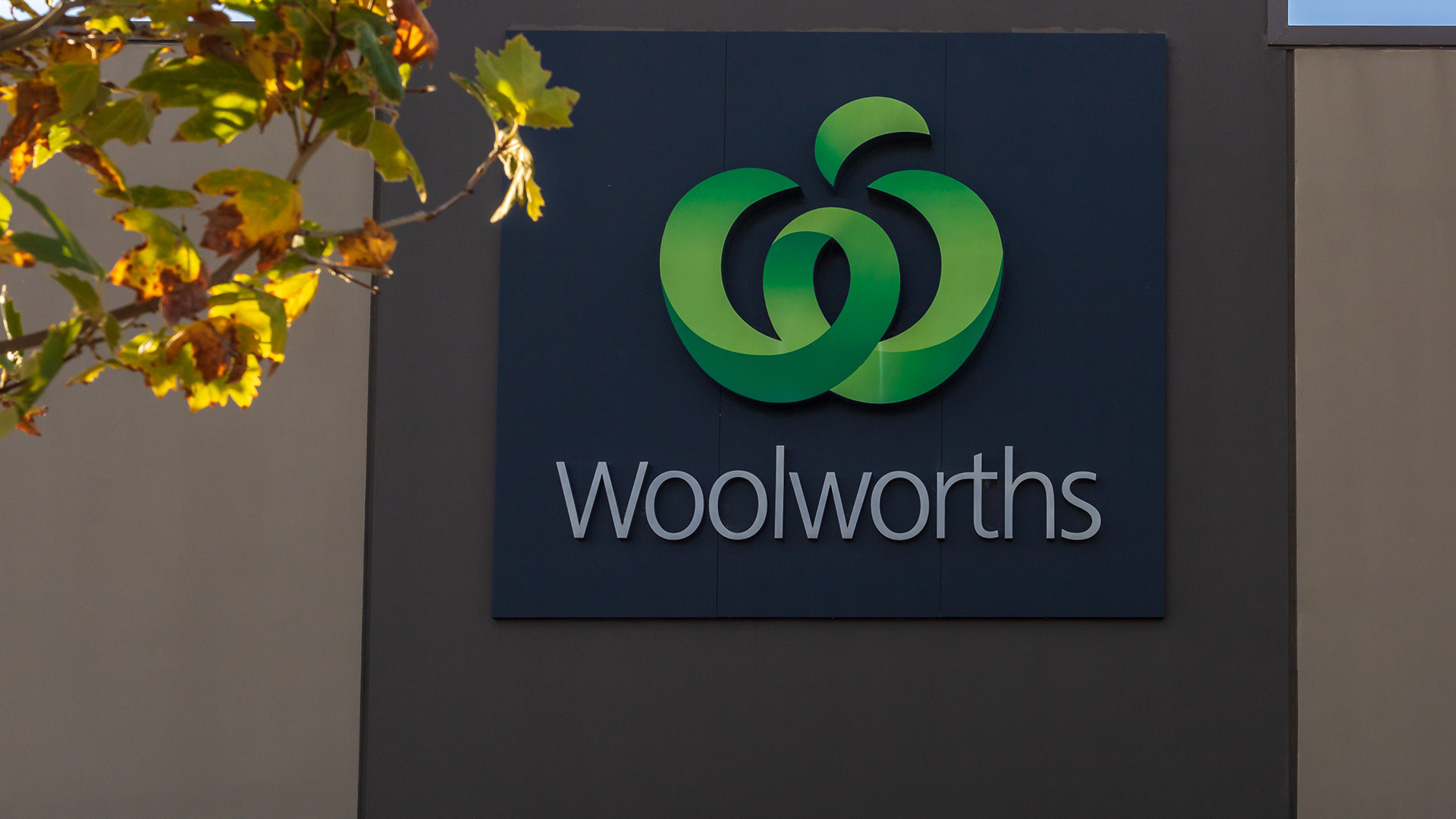Losses and acres of red ink around financial markets across the globe, except in oil (which surged again for a third trading session overnight) and gold.
Wall Street saw the Dow down 0.7% for day and 0.8% for the S&P 500, 1% for Nasdaq, while markets in Europe were in the red, as were many in Asia.
As a result, our market will start trading later this morning with a small loss of 15 points, according to the overnight ASX 200 futures market.
But again all eyes will be on Shanghai where late buying support seemed to appear yesterday and trimmed the monthly slide to just over 12%, despite claims the Chinese government would stop such activity.
August’s weakness can be blamed on a combination of the slide in Chinese sharemarkets, worries about the US Fed move to lift rates – possibly this month – weak commodity prices (more than reversed by the 25% jump in oil futures prices since Thursday), and concerns that US share prices are over valued.
Over the month, the Dow fell 6.4%, the worst monthly performance in more than five years.
But comparing the slide to the performance in past Augusts, it was the biggest fall since 1988. August is usually a fairly weak month because of it’s the last month of the summer holidays in the northern hemisphere.
US research group, FactSet said that it was the sixth worst ever monthly performance for the Dow and the worst since May 2010, when the Dow dropped 7.9%.
The key global stockmarket measure, the S&P 500 fell 6.3% fall in August. That was the biggest monthly fall in more than three years.
Compared with other August performances, the S&P 500 suffered the largest drop fall since 2001, when it tumbled 6.41%. But Nasdaq suffered a bigger monthly loss – down 6.9% thanks to the weakness in many key tech stocks, such as Apple and Twitter.
It was in fact the worst monthly performance for 14 years for the index, and the worst monthly return in three years.
The ASX has slumped to its worst monthly performance since October 2008, which was the depths of the GFC.
More selling in the big banks yesterday saw the ASX 200 fall 1.1%, to 5207. For the month the benchmark index dropped 8.6%.
For Chinese markets, August’s 12.5% slide was the worst performance for Shanghai since July’s 14.3% per cent drop, while Shenzhen’s 15.2% plunge decline was its worst since August 2009.
And Hong Kong’s Hang Seng saw a monthly fall of 12.1%, its worst since September 2011, in spite of a 0.2 % rise late yesterday.
In Europe the markets fell by around 9%, according to the main index, the Stoxx 600. London was closed overnight, and the FTSE 100 lost 6.7% in August. Germany’s Dax dropped 9.4% (but its still up 4.5% for the year).
In Paris, the CAC 100 shed 8.7% last month, but is still up almost 9% for the year so far. In August 2013, the Paris market plunged more than 11%.
But the biggest move of the month came yesterday in the oil market which surged for a third day in a row on hints that Opec countries might be interest in talking about production cuts, and new data showing US oil production is falling faster than previously thought, especially in the highly productive Texas fields.
As a result, oil prices closed up around 4% for the month (and at six week highs), instead of a fall of over 25% which was the case early last Thursday.
As a result, October West Texas Intermediate crude settled at $US49.20 a barrel, up $US3.98, or 8.8%, o in New York, a gain of around 4.4% for the month and the highest close since July 21.
The gains in the past few days have been stunning – it was only on August 24 that WTI futures posted a six-and-a-half year low at $US38.24 a barrel in New York.
Including the overnight rally, WTI prices have tallied a three-session gain of 27.5%, or more than $10 a barrel.
In London, October Brent crude added $US4.10, or 8.2%, Monday to $US54.15 a barrel, for a monthly gain of 3.7%. But no spillover to gold with Comex futures falling for the fifth session in the last six. But gold still rose over August.
Gold for December delivery lost $US1.50, or 0.1%, to settle at $US1,132.50 an ounce in New York. That left prices up around 3.4% for the month and was the second largest gain of the year so far after the 8% jump in January.
But Comex silver futures lost 1.1% for the month, and Comex copper was down nearly 1%.













